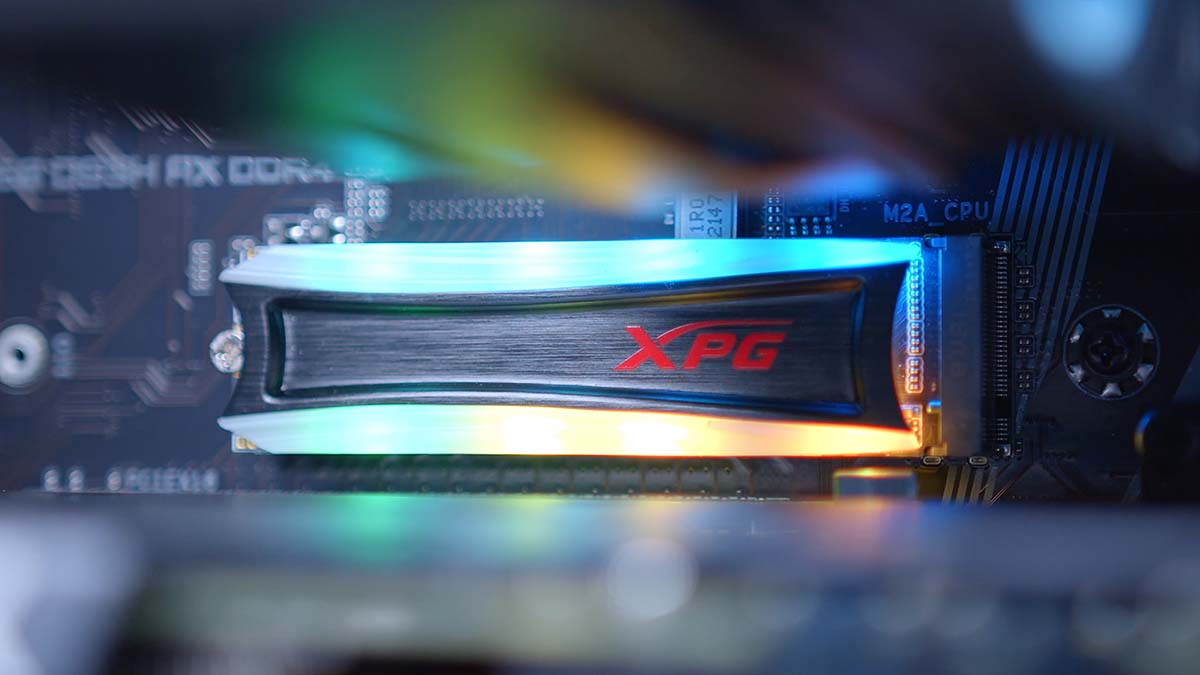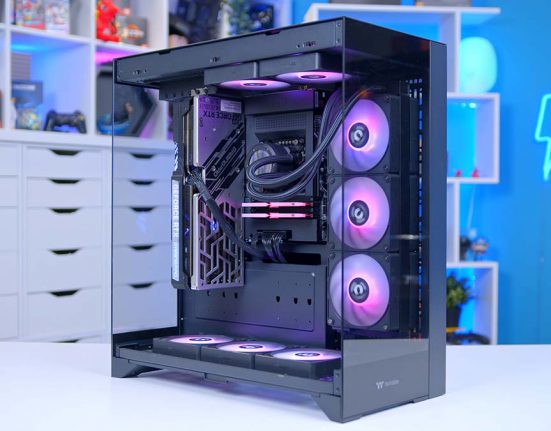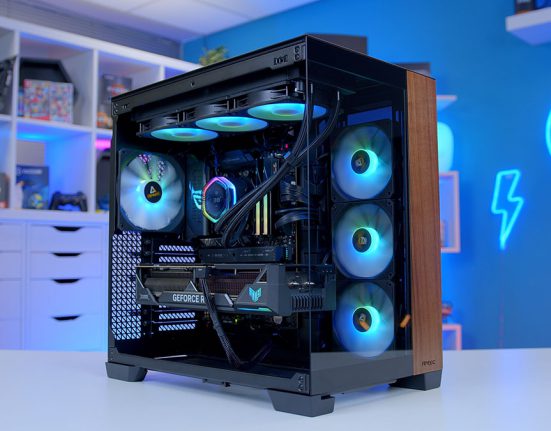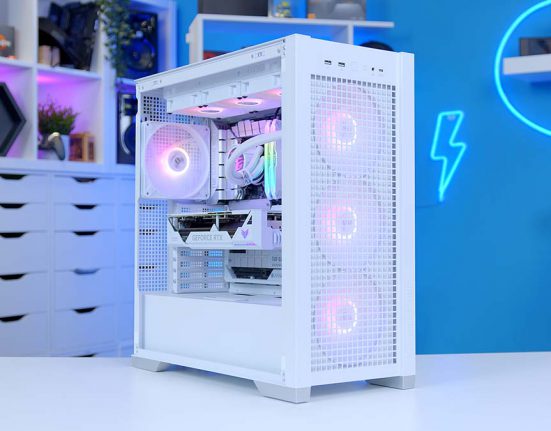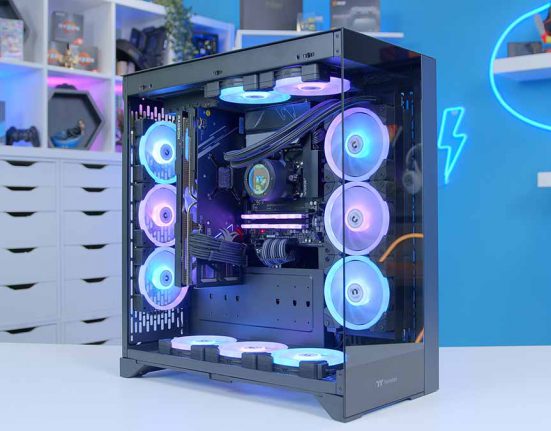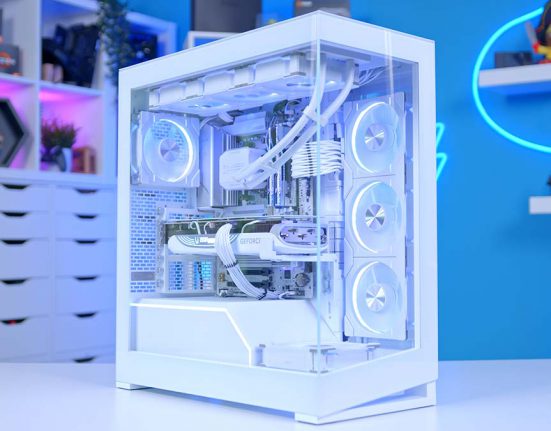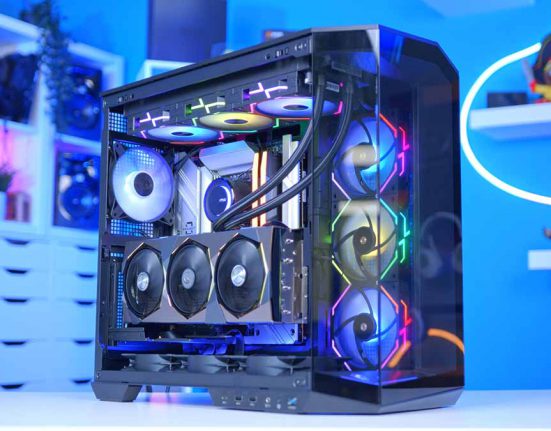Introduction
Putting together your first PC build can be mired in complications. One of the first things you will do is put together a parts list in order to figure out what components you want in your system. A point of frustration here can be the amount of abbreviations for different components. You’re faced with CPUs, GPUs, PSUs, SSDs, HDDs and so much more – but what do they all mean?!
In our series of ‘What Is?’ articles, we seek to reduce the confusion and hopefully provide some information on the various components that go into making a PC build. Today we’re focusing on one of the most popular storage mediums- SSDs. We’ll be delving into what an SSD is, and why you might need one in your next gaming rig!
Suggested Article: The Best SSDs to Buy 2022
What Does ‘SSD’ Stand For & What Do They Do?
The abbreviation SSD stands for ‘Solid State Drive’. But what is a solid state drive? Solid state drives are some of the fastest storage options that consumers currently have access to. The main makeup of SSDs are a technology known as ‘NAND Flash Chips‘. In short, these chips are a type of non-volatile storage that don’t need power to retain data. NAND flash was more commonly found in mobile phones and USB drives before the desktop storage market started to shift towards SSDs.
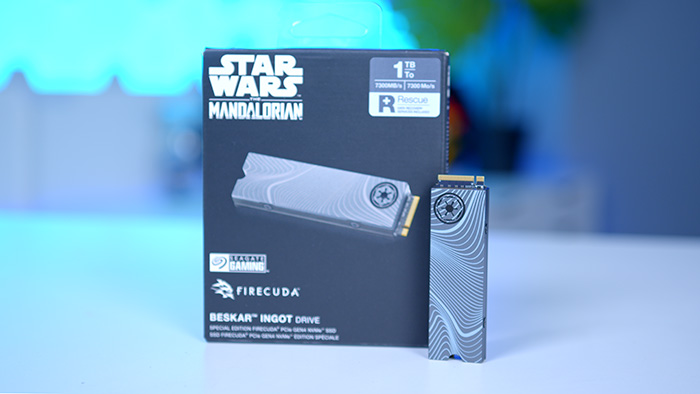
These chips are much faster compared to their magnetic counterparts, as they don’t require a spindle to move the disks, or an arm to read/write data. NAND flash chips also last much longer than traditional disks due to a process called ‘wear-levelling’. Wear-levelling essentially means that any time data is written to an SSD, it writes the data equally to each block so that they wear evenly. This process can make SSDs last up to 10 years or longer, whereas the lifespan of a magnetic disk is much shorter. Overall, the innovation of SSDs has hugely improved performance in most applications because of the sheer speed available to you through buying one.
[adrotate banner=”7″]M.2, SATA SSDs & HDDs
Although SSDs have massively improved performance in most areas, we are still yet to see very high capacities for relatively low price. Comparatively, a high capacity traditional hard drive can be found for under $100 with 2 or 4 terabytes of storage. One of the latest Seagate Gen 4 NVMe SSDs will push you back around $750 for a 2TB drive. So the question here, which is better? We’ve broken down some of the major differences between three of the most popular storage options to give you more of a concrete idea of what they offer.
| FireCuda 530 | Samsung 860 Evo | Seagate Barracuda Compute | |
| Available Capacities | 500GB, 1TB, 2TB, 4TB | 250GB, 500GB, 1TB, 2TB, 4TB | 500GB, 1TB, 2TB, 3TB, 4TB, 5TB |
| Max Read Speed | 7300MB/s | 550MB/s | 140MB/s |
| Max Write Speed | 6900MB/s | 520MB/s | 140MB/s |
| Price Range | $80 – $750 | $80 – $500 | $50 – $120 |
| Size | M.2 2280 | 2.5″ | 2.5″ |

The FireCuda 530 is one of the best Gen4 Drives available on the market. Offering read and write speeds of up to 7GB/s. Yes you read correctly – 7GB/s. Although this drive is pricey you’re definitely getting what you pay for.
Buy the Seagate FireCuda 530 on:
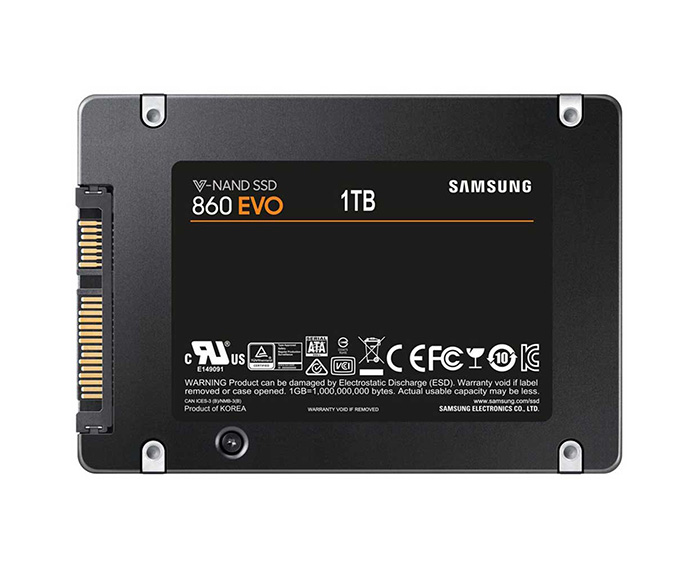
If you’re looking for the load and boot times of an SSD but you don’t want to pay a fortune then the Samsung 860 EVO is a great choice. This is one of the most popular SATA SSDs and still provides fast speeds over the SATA interface!
Buy the Samsung 860 Evo on:

Seagate Barracuda Compute drives are ideal for those that want plenty of storage space. You can pick up these drives for a bargain comparatively as you’re paying less for each gigabyte. Overall this drive is a great addition for lots of storage.
Buy the Seagate Barracuda Compute on:
SSD & HDD Comparison Breakdown
Immediately, the first thing you might notice on this table is the price difference. A 5TB hard drive, one of the highest consumer capacities, will set you back around $120. This amount of storage is likely to be more than enough for the vast majority of users – gaming or otherwise! Comparing this to both of the SSDs, the price absolutely skyrockets. Even for an older-style SATA SSD, with speeds of just 550MB/s and 520MB/s for read and writes respectively, you’ll be looking at around $500! Progress further to Gen 4 NVMe and the price hits unfathomable territory.
Now this isn’t to say that either of the SSDs are exorbitantly priced. SSDs regardless of whether they are SATA or M.2 drives offer massive performance increases versus HDDs.
Do You Need an SSD For Gaming?
The answer to this question is unfortunately less definitive than a ‘yes’ or a ‘no’. For budget-oriented systems, with lower power graphics cards like an RTX 3050, a hard drive is unlikely to cause a bottleneck as far as FPS goes. For higher-end cards, like the Nvidia RTX 3090Ti, it is a near certainty.
In the past 5 years we’ve seen a huge shift in the market, where more and more options for fast storage are available for all different types of builds. And on the other side of this, hard drives have also seen some more innovation, with capacities becoming exponentially larger each year as their position cements as the secondary, mass storage drive. The biggest caveat to picking up an SSD is always going to be the cost. A fully fledged system with only SSDs will definitely make your eyes water in terms of the price – and most of the time this probably isn’t necessary. We would recommend that for those who are more price conscious of their storage, that you compromise with a hybrid solution.
A hybrid approach with storage entails having an SSD for your boot drive (around the 500GB – 1TB size), and a secondary hard drive for mass-storage (1TB to 4TB is recommended). This will also save you some money in the long run, something we covered in our How Much Should You Spend on a Gaming PC article, while leaving upgrade paths open for more drives, or higher speeds if required.
[adrotate banner=”7″]

